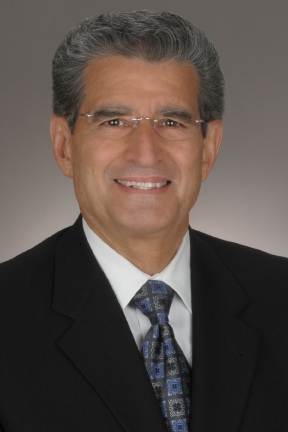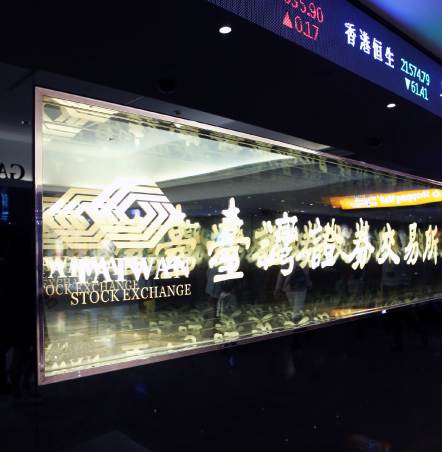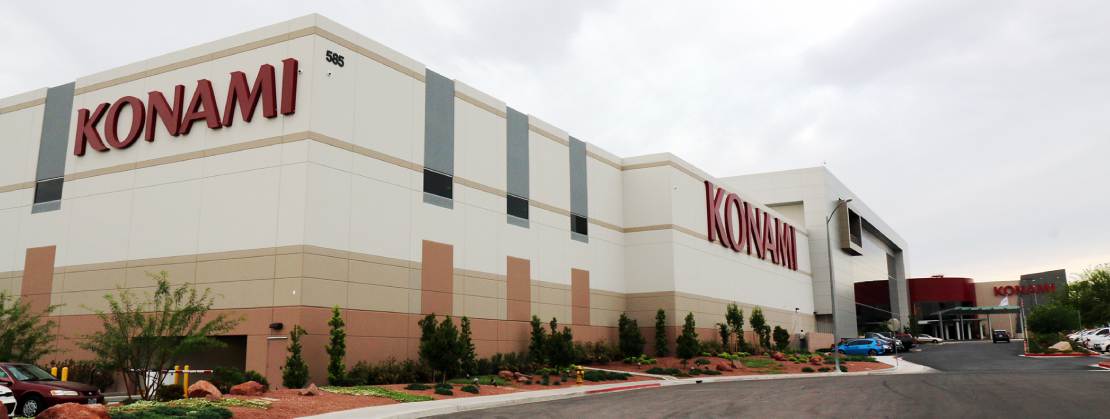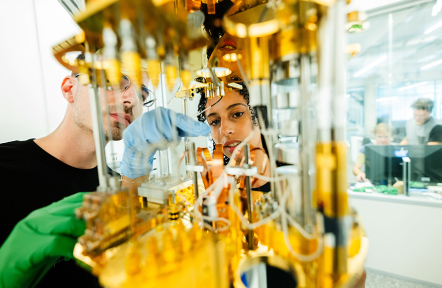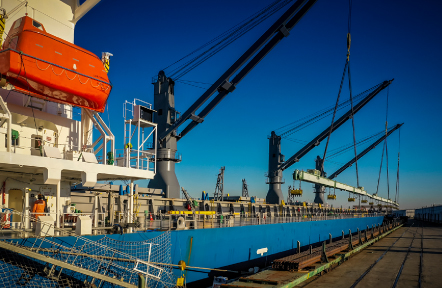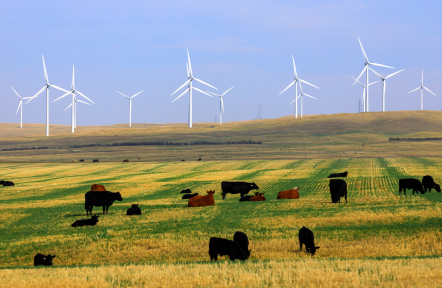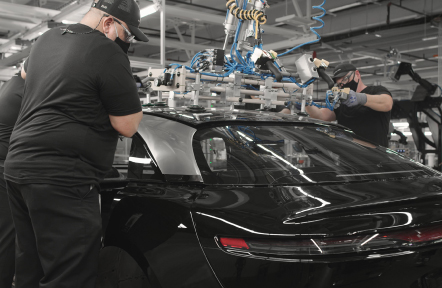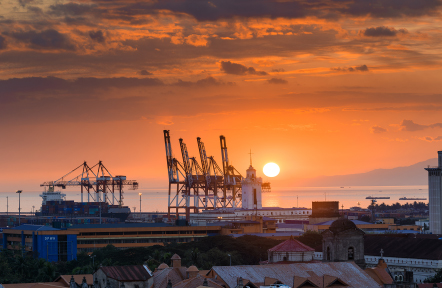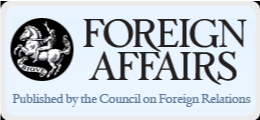The Philippines’ foreign direct investment (FDI) attraction strategy is right on track, according to experts.
In February 2023, the Banko Sentral ng Pilipinas (BSP), the Philippines’ central bank, reported $1 billion in net inflows from FDIs, the highest since December 2021.
Michael Ricafort, Chief Economist for Rizal Commercial Banking Corporation (RCBC), one of the largest commercial banks in the Philippines, said in a press release to local media that the latest net FDI level is among the highest since the pandemic started.
“For the coming months, net FDI could pick up further amid measures to further reopen the economy with no more restrictions as a policy priority, the Philippine economy’s growth is expected to be among the fastest in the Southeast Asia region,” said Ricafort.

Ricafort added reforms and amendments on foreign ownership limits, such as those under the Public Services Act, Foreign Investments Act, and Retail Trade Liberalization Act, “would all further encourage and attract more FDIs into the country.”
Data from the Philippine Statistics Authority (PSA) shows that the top three countries with the highest share of approved foreign investments in the Philippines for the first quarter of 2023 were Germany (PHP 156.96 billion), Japan (PHP 3.82 billion), and the Netherlands (PHP 2.65 billion).
Meanwhile, the top 3 industries in the Philippines to receive the highest share of approved foreign investments are electricity, gas, steam, and air conditioning supply (PHP 440.08 billion), manufacturing (PHP 24.06 billion), and real estate activities (PHP 7.93 billion).
Amid the continued economic growth, the Philippines remains attractive to foreign investors because of its business-friendly policies, high-quality labor force, healthy employment rate (95.25), and the size of its consumer market (It is the second-largest in Southeast Asia).
